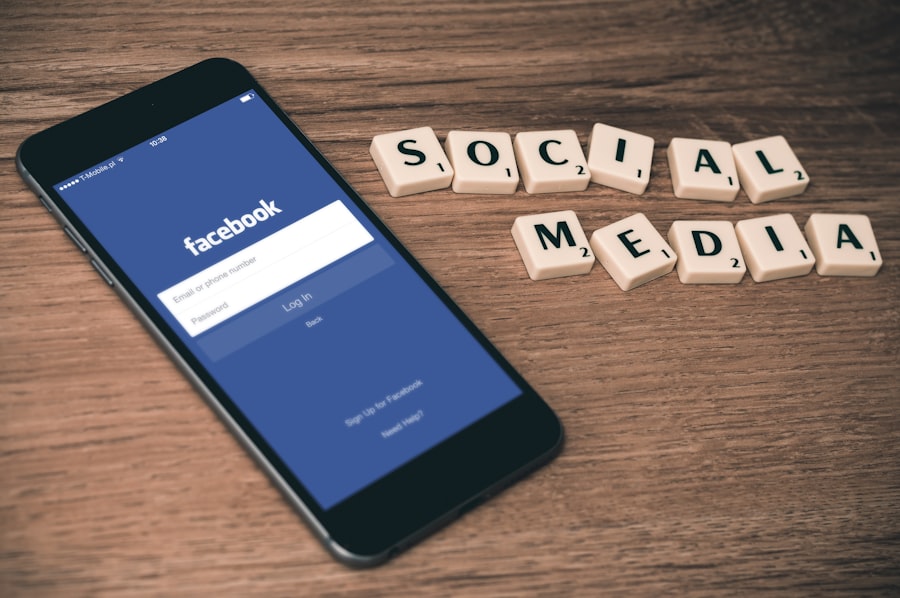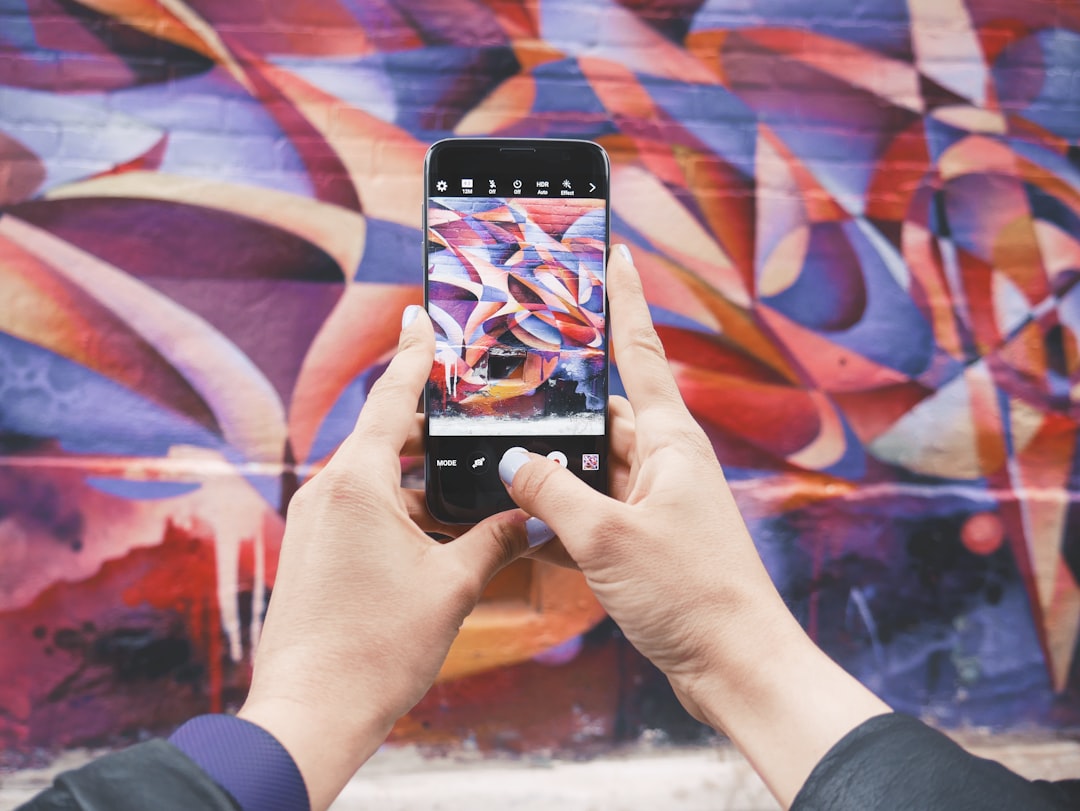Non-fungible tokens (NFTs) are unique digital assets that represent ownership or proof of authenticity of specific items or content, such as artwork, videos, music, or tweets. Unlike interchangeable cryptocurrencies, NFTs are one-of-a-kind and cannot be exchanged on a like-for-like basis. This uniqueness contributes to their value in the digital marketplace.
NFTs utilize blockchain technology, a decentralized and distributed digital ledger that records transactions across multiple computers. This ensures verifiable ownership and provenance of NFTs, preventing duplication or tampering. Each NFT is assigned a unique digital signature upon creation, distinguishing it from other tokens on the blockchain and establishing its value and authenticity.
NFTs can be bought, sold, and traded on various online marketplaces. The ownership of an NFT is recorded on the blockchain, providing a transparent and immutable record. This technology ensures the integrity and traceability of NFT transactions and ownership history.
In essence, NFTs are unique digital assets built on blockchain technology, representing ownership or authenticity of specific items or content. Their uniqueness, verifiability, and tradability have contributed to their popularity in the digital asset market.
Key Takeaways
- NFTs are unique digital assets that are stored on a blockchain and represent ownership of a specific item or piece of content.
- When building your NFT portfolio, focus on creating high-quality, original digital art that tells a story and resonates with potential buyers.
- Marketing your NFTs involves leveraging social media, online communities, and digital art platforms to reach and engage with potential buyers.
- Utilize NFT marketplaces such as OpenSea, Rarible, and Foundation to sell your digital creations and connect with a global audience of collectors.
- Engaging with the NFT community through networking and collaboration can lead to valuable partnerships, exposure, and opportunities for growth.
- Subscribing to NFT newsletters and forums can provide valuable insights, updates, and opportunities to stay informed and connected within the NFT space.
- Spotlight on rising NFT artists showcases success stories and inspirational journeys, highlighting the potential for growth and success within the NFT ecosystem.
Building Your NFT Portfolio: Tips for Creating Marketable Digital Art
Developing a Unique Style
When building your NFT portfolio, focus on creating unique and visually striking pieces that stand out in a crowded marketplace. Experimenting with different styles, techniques, and subject matters can help you find your niche and develop a signature style that sets your work apart from others.
The Power of Storytelling
In addition to creating visually appealing art, consider the storytelling aspect of your work. Many successful NFT artists create pieces that have a narrative or emotional depth, which can resonate with potential buyers and collectors. Adding layers of meaning to your art through symbolism, cultural references, or personal experiences can make it more engaging and memorable.
Staying Ahead of the Curve
Staying up to date with the latest trends and techniques in digital art can help you create work that feels fresh and relevant. Experimenting with new tools and software, attending workshops and webinars, and networking with other artists can provide valuable insights and inspiration for your own creative process. By continuously honing your skills and pushing the boundaries of your creativity, you can build a strong and diverse portfolio of digital art that is attractive to potential buyers in the NFT marketplace.
Marketing Your NFTs: Strategies for Reaching Potential Buyers

Once you have created a portfolio of marketable digital art, the next step is to effectively market your NFTs to reach potential buyers and collectors. One effective strategy is to leverage social media platforms to showcase your work and connect with a wider audience. Platforms like Instagram, Twitter, and TikTok are popular among NFT artists for sharing their art, behind-the-scenes content, and engaging with their followers.
By consistently posting high-quality content and engaging with your audience, you can build a strong online presence and attract potential buyers to your NFTs. Collaborating with other artists and creators can also be a powerful marketing strategy for promoting your NFTs. By partnering with like-minded individuals on joint projects, exhibitions, or social media campaigns, you can tap into each other’s networks and reach a larger audience.
Collaborations can also bring fresh perspectives and ideas to your work, making it more appealing to potential buyers. Another effective marketing strategy is to participate in NFT communities and forums where collectors and enthusiasts gather to discuss and discover new digital art. By actively engaging in these communities, sharing your work, and participating in discussions, you can build relationships with potential buyers and gain valuable feedback on your art.
Networking within these communities can also lead to opportunities for collaborations, exhibitions, and exposure to new audiences. In conclusion, marketing your NFTs involves leveraging social media platforms to showcase your work, collaborating with other artists to reach a wider audience, and actively engaging in NFT communities to build relationships with potential buyers.
Utilizing NFT Marketplaces: Where to Sell Your Digital Creations
Once you have created and marketed your NFTs, it’s time to choose the right marketplace to sell your digital creations. There are several popular NFT marketplaces where artists can list and sell their work, each with its own unique features and audience. Platforms like OpenSea, Rarible, and Foundation are well-known for their user-friendly interfaces and wide range of digital art categories.
These marketplaces allow artists to mint their NFTs, set their own prices, and reach a global audience of collectors. Choosing the right marketplace for your NFTs depends on factors such as the type of art you create, the target audience you want to reach, and the fees associated with each platform. Some marketplaces specialize in specific types of digital art, such as photography, illustrations, or 3D animations, while others cater to a broader range of artistic styles.
Researching each marketplace’s features, community guidelines, and fee structures can help you make an informed decision about where to list your NFTs. In addition to established marketplaces, there are also emerging platforms that cater to niche audiences or offer unique features for artists. These platforms may provide opportunities for artists to stand out in a less crowded marketplace or connect with collectors who are specifically interested in their style of art.
Exploring these alternative marketplaces can help you diversify your sales channels and reach new audiences for your NFTs. In summary, choosing the right marketplace for selling your NFTs involves considering factors such as the type of art you create, the target audience you want to reach, and the fees associated with each platform. Researching established and emerging marketplaces can help you make an informed decision about where to list your digital creations.
Engaging with the NFT Community: The Importance of Networking and Collaboration
Engaging with the NFT community is essential for artists looking to establish themselves in the digital art world and build a successful career selling NFTs. Networking with other artists, collectors, and enthusiasts can provide valuable opportunities for collaboration, mentorship, and exposure for your work. By actively participating in online forums, social media groups, and virtual events dedicated to NFTs, you can connect with like-minded individuals who share your passion for digital art.
Collaborating with other artists within the NFT community can also lead to exciting opportunities for joint projects, exhibitions, or curated collections. By combining your skills and creativity with others in the community, you can create unique and compelling artwork that appeals to a wider audience of collectors. Collaborations can also provide mutual support and encouragement as you navigate the challenges and opportunities of the NFT marketplace.
Furthermore, engaging with the NFT community can provide valuable insights into current trends, best practices for selling NFTs, and emerging opportunities in the digital art world. By staying connected with other artists and enthusiasts, you can stay informed about new developments in the industry and adapt your strategies for creating and selling NFTs accordingly. In conclusion, engaging with the NFT community through networking and collaboration provides valuable opportunities for mentorship, exposure for your work, joint projects with other artists, and staying informed about industry trends.
Staying Informed: The Benefits of Subscribing to NFT Newsletters and Forums

Staying Informed through NFT Newsletters
NFT newsletters often feature interviews with successful artists, tips for marketing digital art, updates on new marketplaces or platforms for selling NFTs, and analysis of current trends in the industry. Subscribing to these newsletters can provide valuable inspiration and guidance for artists looking to establish themselves in the digital art world.
Networking and Collaboration through Online Forums
In addition to newsletters, joining online forums dedicated to digital art can provide opportunities for networking with other artists, sharing experiences about selling NFTs, and gaining feedback on your work from a supportive community. These forums often feature discussions about industry news, technical tips for creating digital art, and opportunities for collaboration with other artists.
Finding Industry Insights on Social Media
Following industry experts on social media platforms like Twitter or LinkedIn can also provide valuable insights into current trends in the NFT space. Industry experts often share their thoughts on new developments in the marketplace, tips for marketing digital art effectively, and opportunities for artists to showcase their work to a wider audience.
Spotlight on Rising NFT Artists: Success Stories and Inspirational Journeys
The world of non-fungible tokens (NFTs) has provided a platform for rising artists to showcase their work to a global audience of collectors and enthusiasts. Many emerging artists have found success in selling their digital creations as NFTs through online marketplaces and social media platforms. These success stories serve as inspiration for aspiring artists looking to establish themselves in the digital art world.
One such success story is that of Sarah Johnson, a self-taught digital artist who gained recognition for her vibrant illustrations depicting scenes from everyday life. Sarah’s journey as an NFT artist began when she started sharing her artwork on Instagram and Twitter. Her unique style quickly caught the attention of collectors within the NFT community, leading to her first successful sale on OpenSea.
Since then, Sarah has continued to grow her online presence through collaborations with other artists and participation in virtual exhibitions dedicated to digital art. Another rising star in the world of NFTs is Alex Chen, a 3D animator known for his mesmerizing visual effects and surreal landscapes. Alex’s journey as an NFT artist began when he started experimenting with creating animated artwork using virtual reality tools.
His innovative approach to storytelling through immersive 3D animations quickly gained traction within the NFT community, leading to collaborations with virtual reality platforms and opportunities to showcase his work at international art festivals. In conclusion, success stories of rising NFT artists like Sarah Johnson and Alex Chen serve as inspiration for aspiring artists looking to establish themselves in the digital art world. Their journeys highlight the potential for emerging artists to gain recognition and success by leveraging NFT marketplaces and engaging with the online community of collectors and enthusiasts.
If you’re looking to improve your skills in the world of NFTs, you may also be interested in this article on 10 simple tips to improve your test-taking skills. Check it out here.
FAQs
What is an NFT?
An NFT, or non-fungible token, is a digital asset that represents ownership or proof of authenticity of a unique item or piece of content, such as artwork, music, videos, or other digital creations.
How do I create an NFT?
To create an NFT, you will need to choose a blockchain platform that supports NFTs, such as Ethereum or Binance Smart Chain. Then, you can use an NFT marketplace or platform to mint your digital creation into an NFT by following their specific guidelines and requirements.
Where can I sell my NFT?
You can sell your NFT on various NFT marketplaces, such as OpenSea, Rarible, Foundation, and many others. Each marketplace has its own requirements, fees, and processes for listing and selling NFTs.
How do I price my NFT?
Pricing your NFT can depend on factors such as the uniqueness of the digital creation, the demand for your work, and the current market trends. You can research similar NFTs and their selling prices to help determine a fair price for your own NFT.
What are the costs associated with selling an NFT?
There are costs associated with selling an NFT, including gas fees for minting the NFT on the blockchain, platform fees for listing and selling on NFT marketplaces, and potential royalties for the original creator upon resale of the NFT.
How do I promote my NFT for sale?
You can promote your NFT for sale through social media, online communities, and NFT-specific platforms. Building a strong online presence and engaging with potential buyers can help increase the visibility and sale potential of your NFT.



























